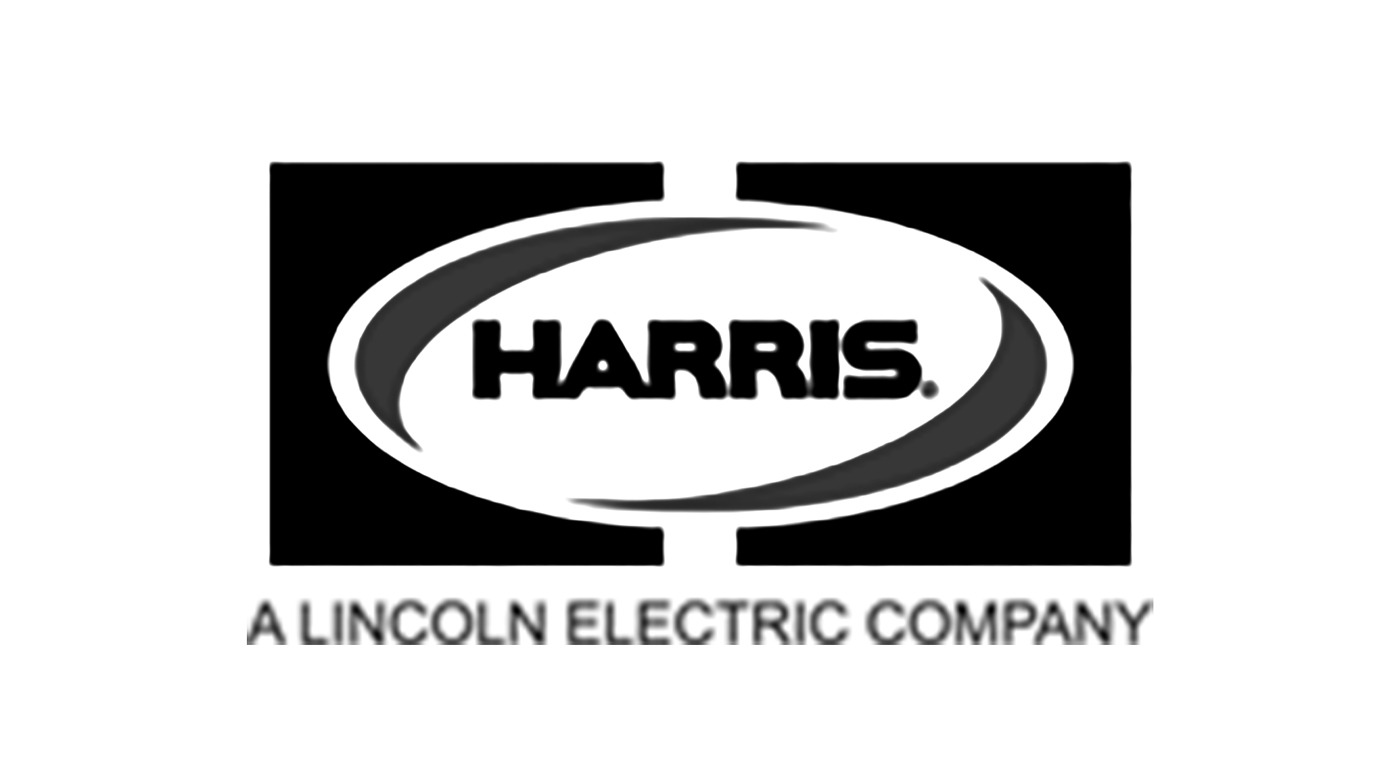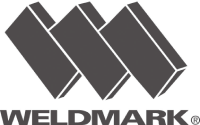
Laser Gas Mixture Suppliers Pittsburgh
Let's discuss how lasers work because this is some cool science! Gas lasers are made by passing an electric current through one of several certain noble gases or gas mixtures. The electricity excites the electrons within the gas's atoms and elevates them to highly energized orbits around their atoms' nucleus. When the electrons return to their normal, lower energy state, the electrons will emit particles of light called photons.
What's neat about photons is that the light they emit is a consistent wavelength dependent on the amount of energy that was released. Since all the energy is of the same wavelength, only one color in the color spectrum will be emitted. Emitting variations in wavelength produces natural light, but a uniform wavelength will create a single color, such as red or blue. The other distinct factor about laser light is, it is directional, making a beam of consistent light that doesn't diffuse; lasers can keep a focused beam for miles, a characteristic termed as "coherent."
It's easy to remember how laser beams work when you think about the acronym -- "Light Amplification by Stimulated Emission of Radiation." Here at Greco Gas, we talk about gas lasers, but lasers can also be made by passing the electricity through glass or crystals. They are instrumental in consumer electronics like CD and DVD players, measuring, munitions, computing and surgery.
Greco Gas Laser Gas Mixtures
Greco Gas can provide prepackaged or custom laser gas mixes for whatever suits your laser machine's specifications. Provide your concentration percentages specified by your laser machine manufacturer, and we can assist you in finding the right gas blend.
Laser Cutting
Laser cutting equipment requires concrete gas mixtures to create the laser beam. At the Greco Gas laboratory in Tarentum, we produce gravimetric mixtures of Argon, Helium, CO2, and CO (Carbon Monoxide) in many combinations. Our component gases are UHP (Ultra High Purity) grade, producing superior beam quality.
We carry several standard laser gas blends in stock and have the ability to custom-make or source more specialized laser gas mixes to fit your needs.
Available Laser Mixtures
| Gas Name | Gas Mix | Cylinder Sizes Available (Cubic Feet) |
| Laser 21 | 5%CO2/40%He/55%N2 | 300 |
| Laser 75 | 1.7%CO2/74.9%He/23.4%N2 | 300 |
| Laser 81 | 1.7%CO2/74.9%He/23.4%N2 | 300 |
| Laser 83 | 4%CO/8%/CO2/28%He/60%N2 | 300 |
| Laser HL | 11.2%CO2/79.8%He/9%N2 | 200 |
Laser Gas Supply Methods
There are several basic ways that laser gas can be supplied. Individual cylinders are a safe, easy and economical way of providing gas to the laser machine. One thing to keep in mind is that there can be an interruption in gas flow when changing the cylinders or cluster of cylinders.
Another supply option is a cylinder bank system. This method is recommended for wall mounting and uninterrupted operation. The benefit of this is that the switchover is performed manually or automatically.
Before contacting us, always consult your laser machine manufacturer first regarding their required specifications.










 GAL GAGE CO.jpg)